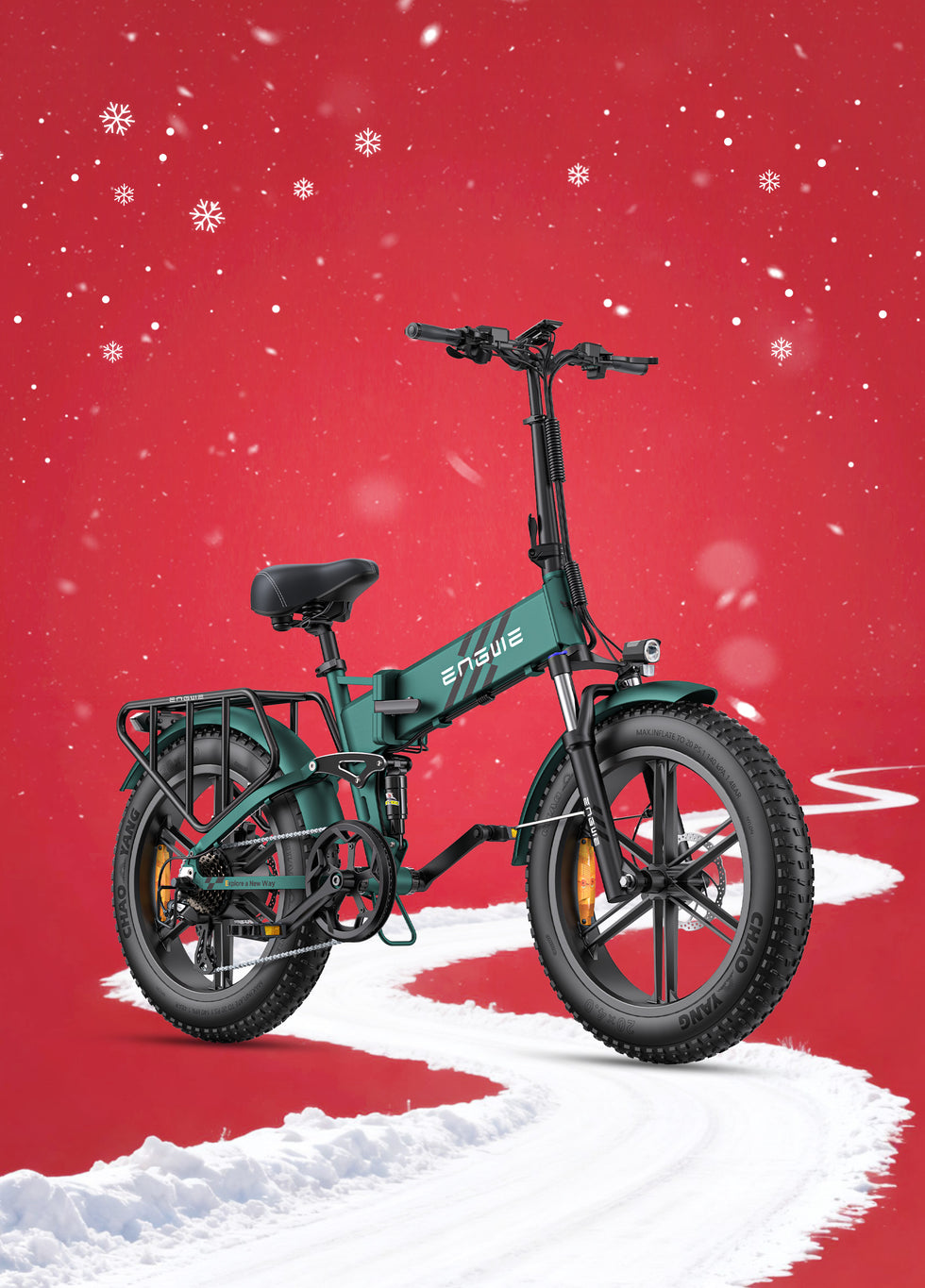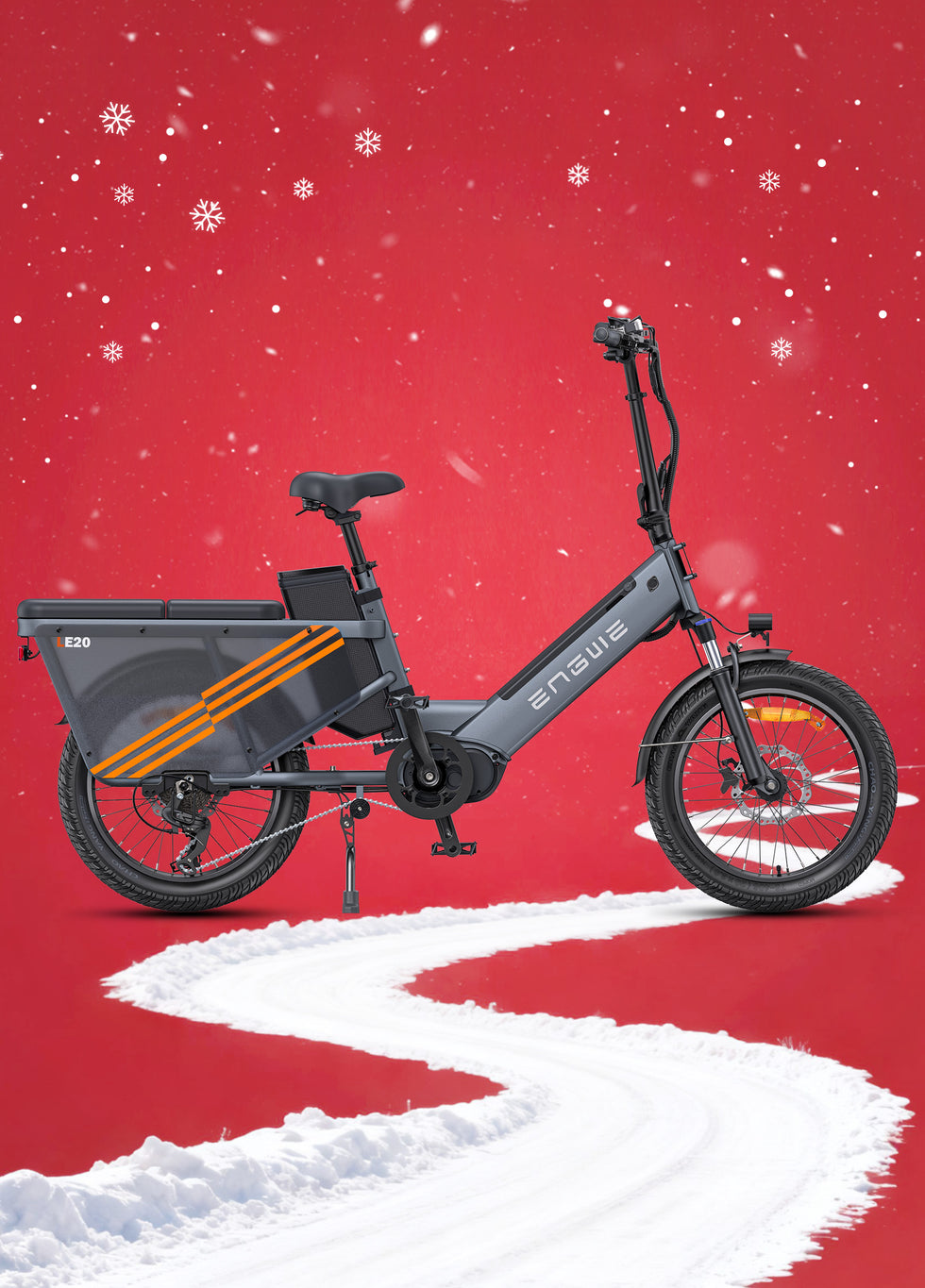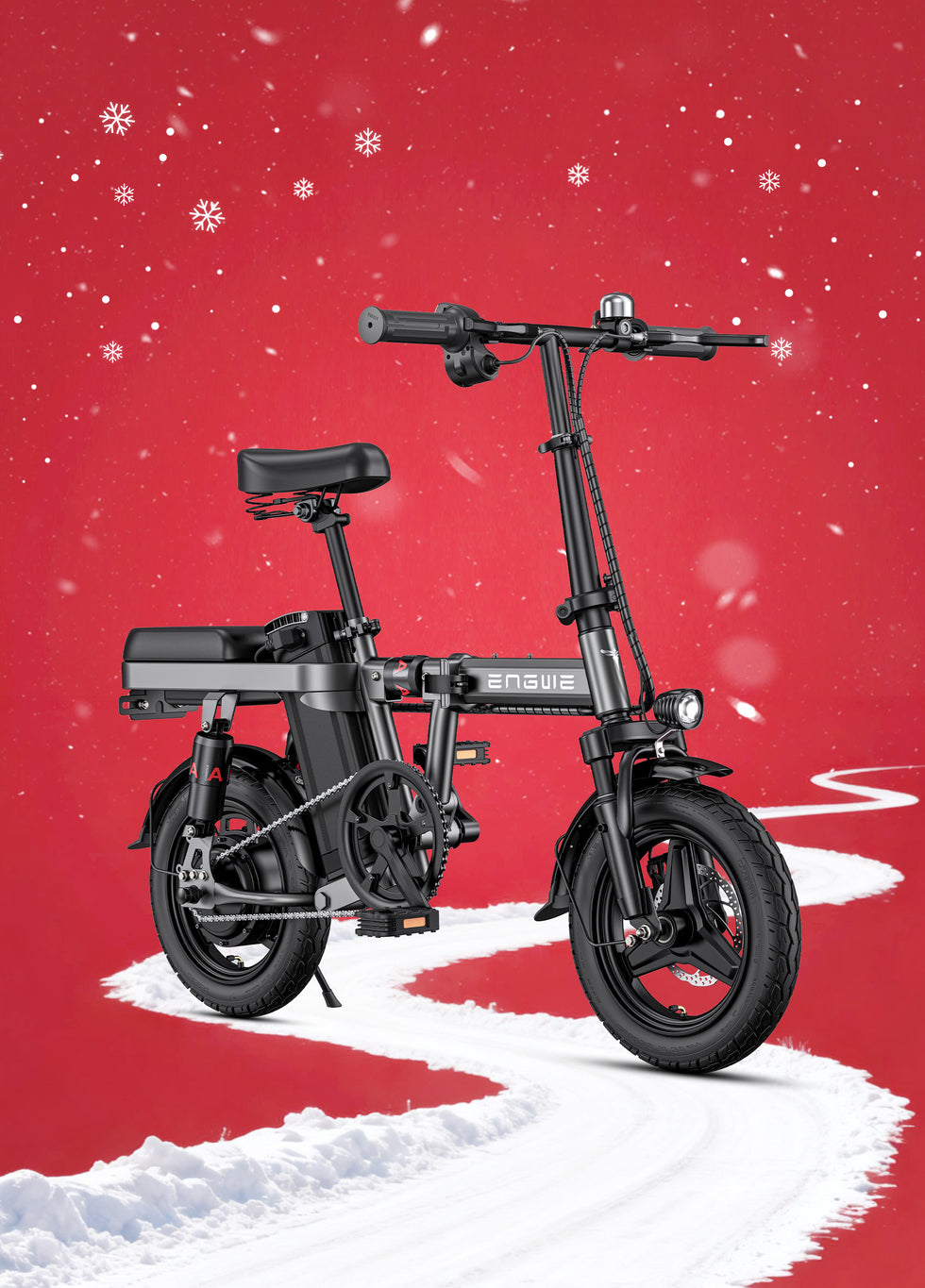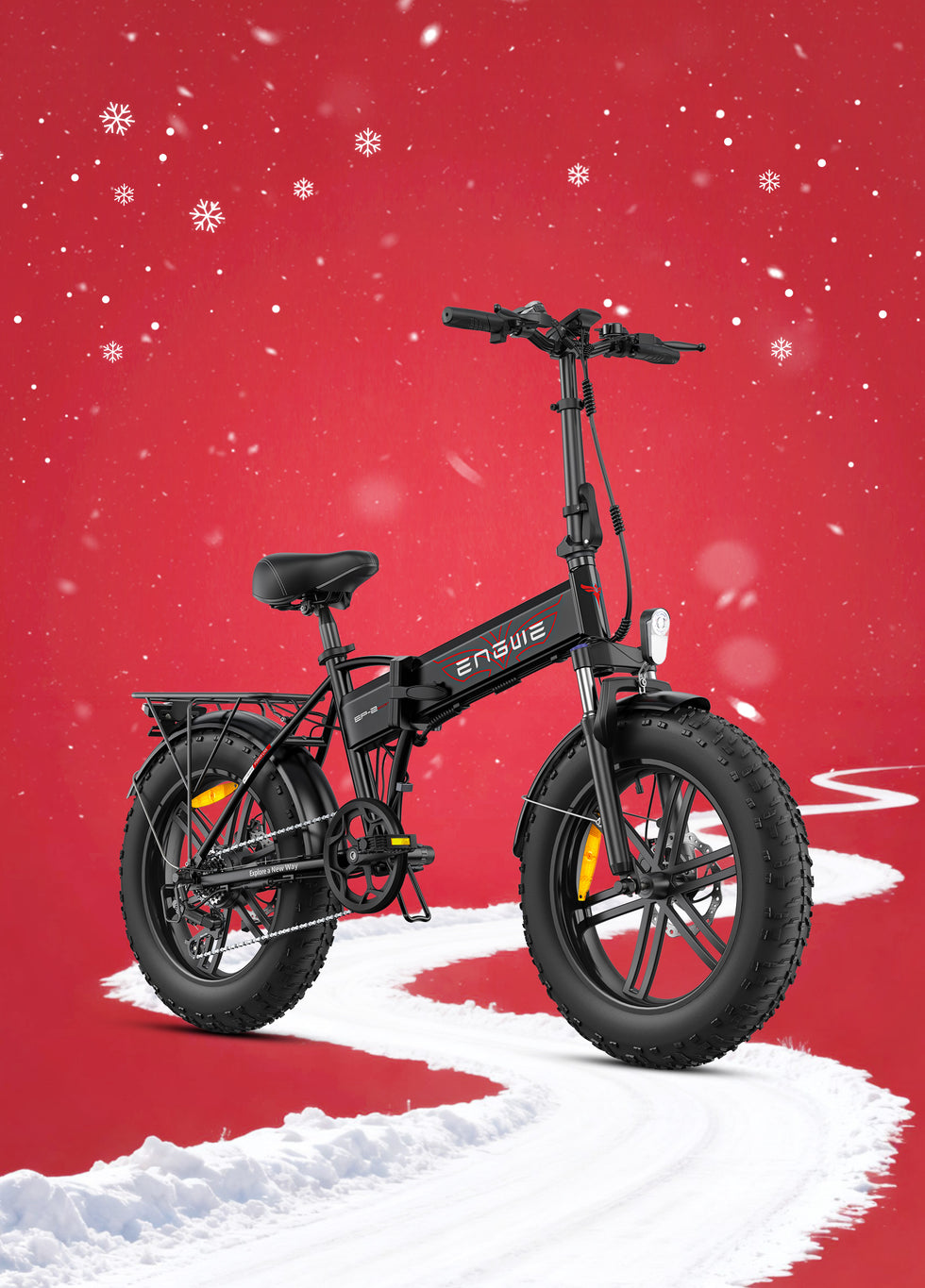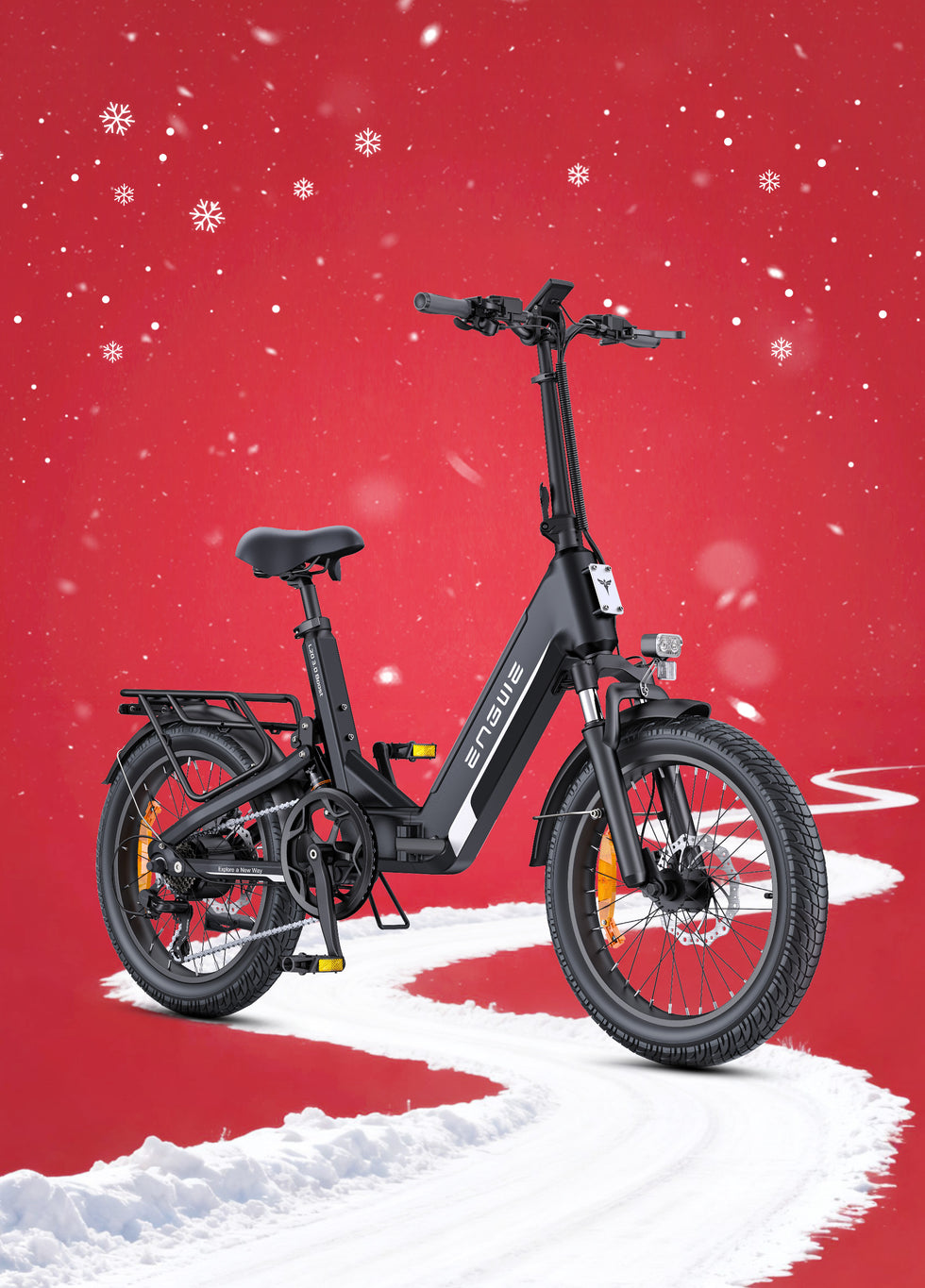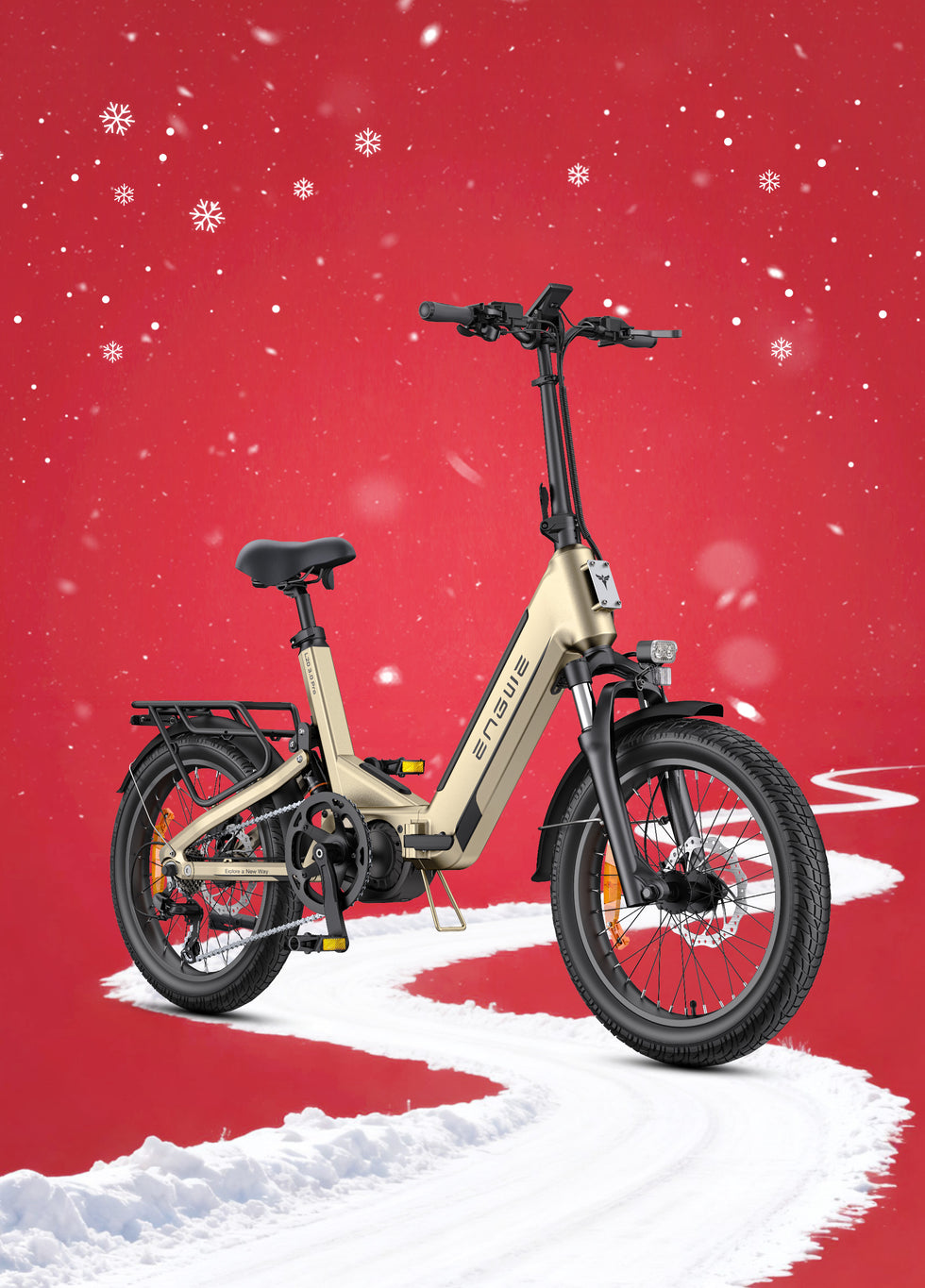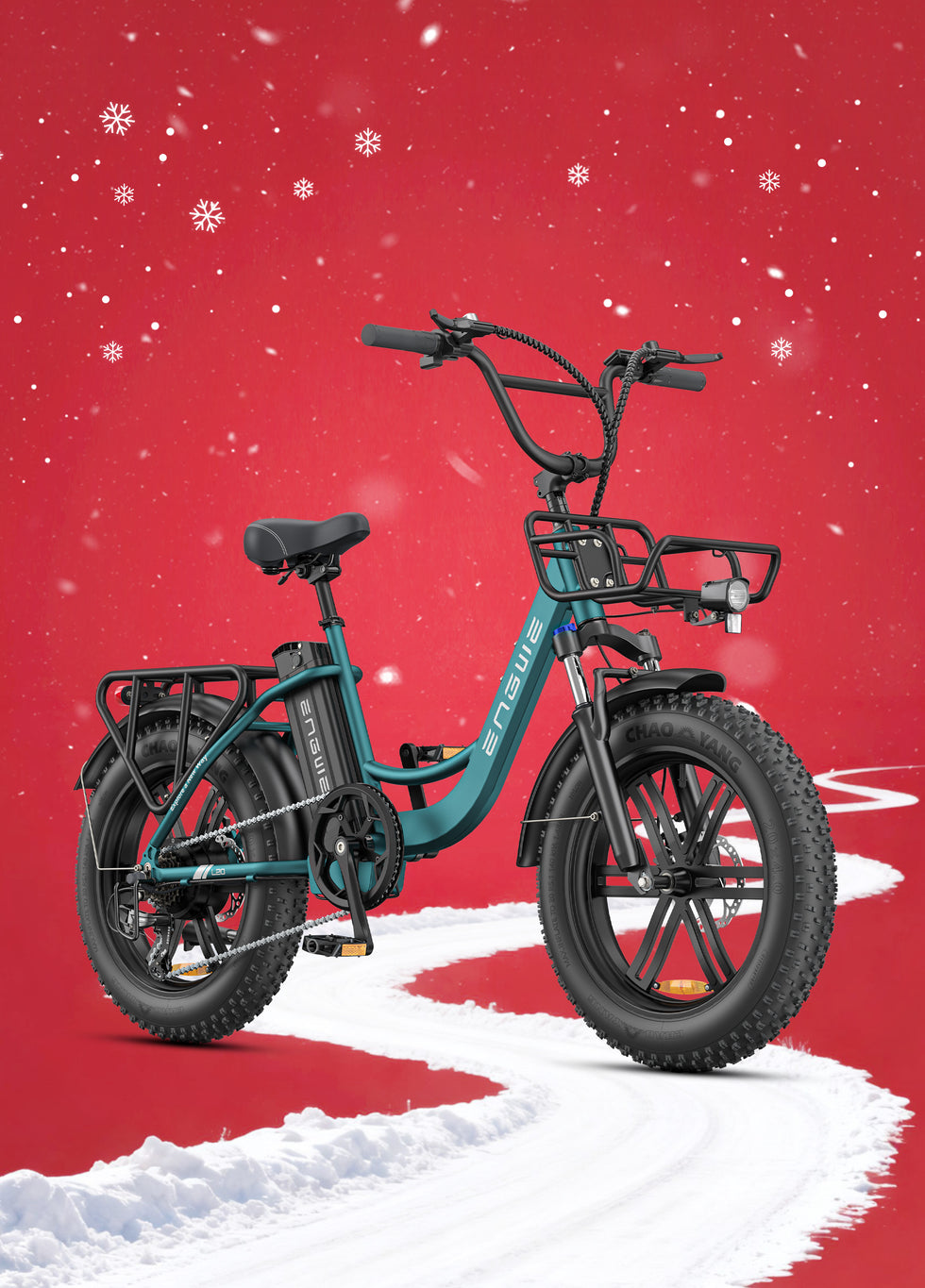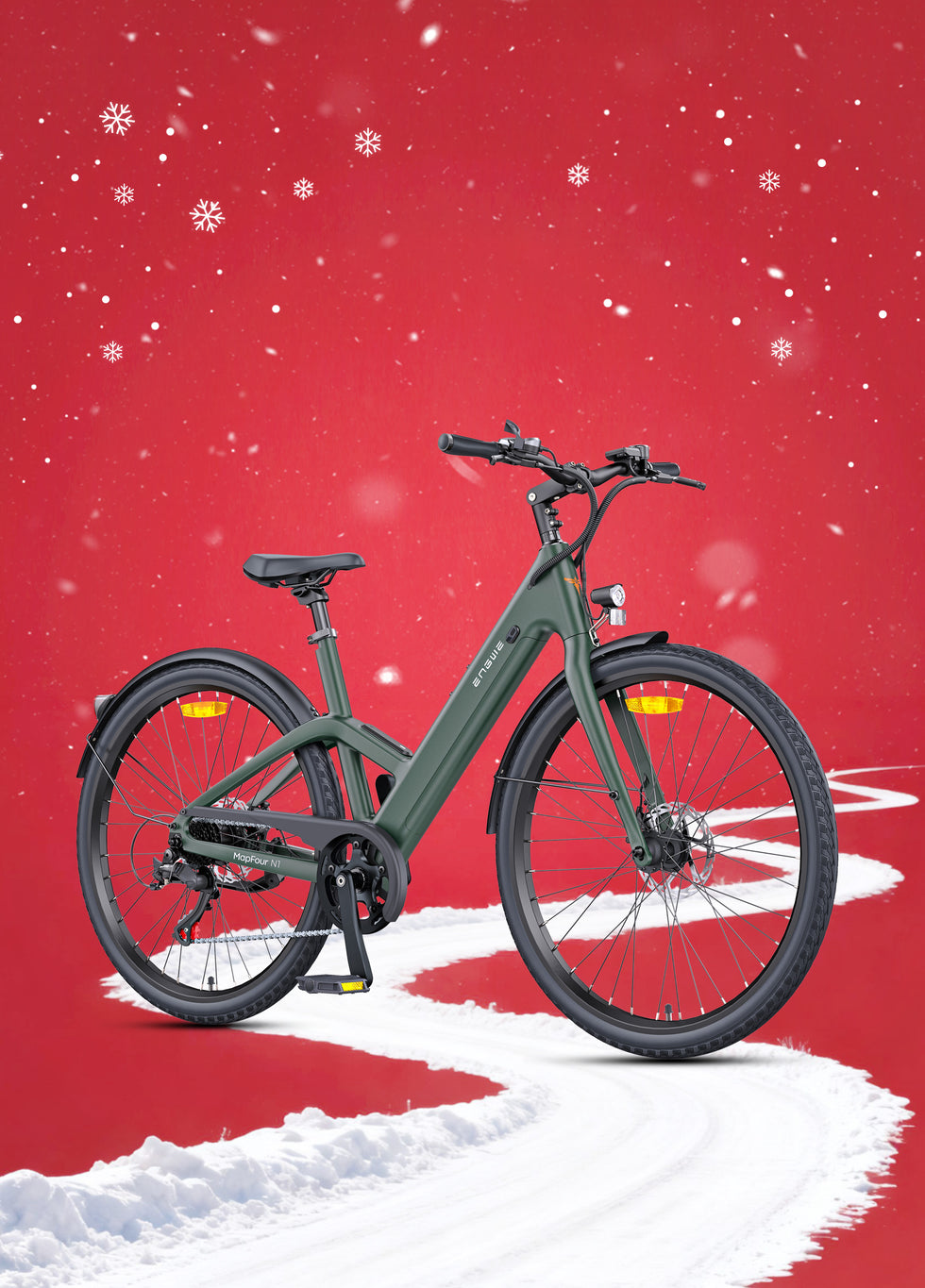The E-Bike as a Fitness Tool
Exercise on an electric bike may sound like a contradiction in terms. We have spent decades being told that effort equals results, and that anything that makes a workout easier is cheating. But what if that view is out-of-date? What if a motor isn’t a one-way road to inactivity, but is an on-ramp instead to consistency, longer workouts and increased pleasure? As a training and endurance athlete who has spent many, many hours asking this very question upon both road and trail, I can tell you the electric bike is one of the most misunderstood, potent fitness tools we have available to us today. It’s not a substitute for your pedalling, but it multiplies it, so that you can go faster, climb higher and, crucially, stay motivated to get out and ride, day after day.
Debunking the "Cheating" Myth
Let’s get the big one out of the way up front: Riding an electric bike is not cheating. An electric bike is not a moped or a scooter. It’s a pedal-assist system (PAS), which means the motor only works off the back of you actively pedalling. You are always putting in the work. Think of the motor as a training partner, a spotter at the gym giving you just enough assistance to get through that last, hard rep. You can select various levels of help. On the lowest setting, the assistance is very little, merely nixing the bike’s extra weight and giving almost exactly the same workout as riding an ordinary bicycle. On the next, it helps you climb one big hill that you may otherwise have failed and boned your ride. The point is, you are in charge. You can still maintain your heart rate in the fat-burning or cardiovascular zones, you are still hitting the pedals, and your muscles are still active. The distinction, of course, is that you are removing the very barriers that so often keep people from exercising in the first place.

How to Maximise Your E-Bike Workout
So, what’s the best way to turn your electric bike into a fitness powerhouse? The formula is a question of working smarter, not harder. First, don’t succumb to the temptation to crank it up to the highest level of assistance at all times. Begin your rides in pedal-assist level 1, and use it as your baseline. That means your body is going to have to do a good majority of the work on the flats and the mellow climbs. Boost the assist only when you encounter a tough obstacle, such as a steep hill or a stiff headwind. Second, take advantage of the bike to do interval training. Get onto an open road or clear path and switch between pedalling hard with little assistance for two minutes and pedalling at a much easier pace for one minute with slightly more assistance. This is an excellent way to help increase your cardiovascular endurance. Third, consider not just intensity, but duration. Of all the fitness gains an electric bike offers, the most important is that it can get you out and riding more — whether that means more hours in the saddle, or more days per week. They really make me cast my inhibitions aside and just go for it, something that early morning rides don’t usually do (a one-hour ride turns into a 2 or 3-hour ride without wearing you down too much!). Sticking with a fitness plan is the number-one predictor of success, and an electric bike is the most enjoyable, convenient way to make riding a daily occurrence.
More Than Just Cardio: Holistic Health Benefits
That is just touching the tip of the iceberg, and not just for cardio fitness. An electric bike is a revelation for people with joint pain (in the knees or hips especially). The motor’s help means that the peak strain on your joints through the hardest part of the pedal stroke is lifted, making this a low-impact workout which is hard to otherwise come by. All of which makes it an ideal option for older people, anyone rehabilitating from an injury, or any old person wanting to get fit without trashing their joints. It also provides a world of exploration that is good for mental as well as physical health. All that lovely network of trails that had been too hilly or too far away is suddenly approachable. The dread of being too fatigued to make it home, otherwise known as range anxiety, vanishes. This freedom allows you to ride where you want, when you want, while turning your workout into a fun, exciting experience that you'll never want to stop.

Choosing the Right E-Bike for Exercise
When choosing an electric bike for exercise, there are certain features that are necessary for a safe, fun and effective workout. You want a bike that feels like an extension of your own effort, both on steeps and deeps and in your local rolling terrain. One standout option that I really like for its perfect mixture of performance, versatility, and user-friendly features is the ENGWE EP-2 Boost. Its clever torque sensor raises the bar for fitness, offering power that feels beautifully natural and responsive to your own pedalling effort, not some jerky, artificial shove that some other systems give.
For those punishing hills that would normally halt your workout, the EP-2 Boost is equipped with its own Boost button, which provides 55Nm of torque, ideal for tackling steep gradients with no loss of speed. The 250W powerful motor combined with the elements-resisting 48V 13Ah long-range battery enables the ENGWE electric bike to stay fully functional, while enjoying a long-distance ride up to 120KM and charge it from any electrical outlet. And with 20 x 4.0 fat tires and a front suspension, you can take your exercise off-road, get a great workout, and suck up some nature; you can hit dirt, gravel, scenic trails, and get a couple more precious miles per hour. Safety is also a priority and the mighty 180mm front and rear disc brakes provide assured stopping when you need it. Featuring a Shimano 7-speed gear mechanism, you can target the perfect gear to suit your stride. For those who want to discover new routes, this electric bike is a great problem-solver — the 20” wheels are small enough to fit anywhere and large enough to collect your speed. Crucial for your daily travel. The Goplus E-bike is an electric bike for all.
In the end it is that much easier to be constantly fit when fitness has never been more consistent and enjoyable and that is the real secret to long-term success.

Frequently Asked Questions
1. Can I really lose weight using an electric bike for exercise?
Absolutely. Losing weight is first and foremost a matter of a calorie deficit, that is, burning more calories than you take in. This is a job that an electric bike is ideally suited to for two reasons. First off, you can exercise for longer than you might on a traditional bike. My ass isn't going to ride a hard 45-minute ride so that I can be totally blasted at the end and be unable to get back on the bike. Secondly, it promotes consistency. Riding an e-bike is fun, and less intimidating than other forms of exercise, so you’re more likely to maintain your exercise routine, which is the top determinant of long-term weight loss. With reduced levels of support and forcibly applying yourself, you can reach a heart level that is perfect for the burning of fat over time.
2. What’s the workout like compared to your average, non-electric bike?
You determine what the workout is like. You get very little of a workout if you pedal gently and ride on the highest assistance level. But if you dial the assistance down to the minimum level, your workout can be 80-90 percent as hard as riding a regular bike on the same course. The key difference is control. On a regular bike, a steep hill controls the amount of effort you must put in, which may simply be too much. On an electric bike, effort is a choice. You could choose to attack the same hill with minimum power if you want a high-powered interval, or increase the assistance to keep your heart rate in the desired range. It lets you customize the workout to match your own fitness goals, rather than leaving it all up to the terrain.
3. Is an electric bike appropriate for a total beginner or someone with health issues?
Yes, as far as we can tell, it’s one of the best things a newbie or someone with some health issues could do for themselves to begin their fitness journey. It’s eliminating that first barrier to entry: being out of shape. Even beginners could take a ride without dreading the idea of getting home or up a hill. Which is a sure confidence-booster and makes working out a complete joy from the first day. For riders with joint problems, for example arthritis in the knees, the support of the motor cuts the peak forces on the joints, so cycling becomes possible and pain-free. It’s also ideal for those managing ailments for which overexertion is a concern, as the motor acts as a safety net to keep you from going far over your limits. As ever, if you have a serious health condition, check with your doctor before you embark on any new exercise regime.
4. How hard do I have to pedal, really?
For the motor to engage, you have to pedal constantly. In the UK and EU, road-legal electric bikes are ‘pedelecs’, so this means the motor’s help is only activated when you start to turn the pedals. If you don’t pedal, the motor doesn’t help. You will need to exert some force with your legs with the pedals, with the level of assistance you have chosen. Most of the power (by that, I mean all of it) is going to come from you, and level 1 will feel like solid work. At a higher level, you will still be pedalling at the same cadence, but the motor is providing more assistance, which means that your legs have to do less work. You are always a participant in the ride.
5. What are the rules for riding an electric bike in the UK?
While you can't ride your electric bike on cycling paths or roads in the UK unless it's an EAPC that meets certain requirements, once it does, you're now able to demonstrate that a device is to all intents and purposes a bicycle. You don’t have to have a license, or register, or insure. The general regulations are: the bicycle must be capable of allowing its rider to propel it, the motor must not be able to continuously produce more than 250 watts and the electric assistance must stop when the bike reaches 15.5 mph (25 km/h). You also will need to be at least 14 years old to ride an EAPC on the road. Anything above these is labelled a moped and has different legal requirements.

